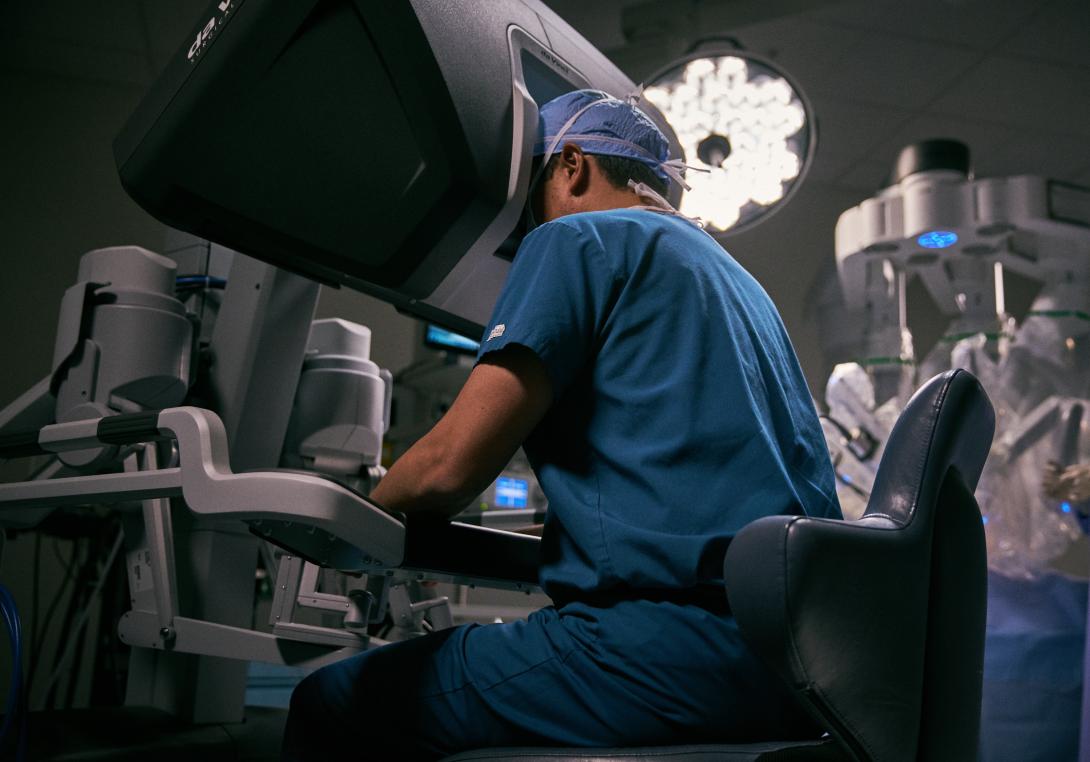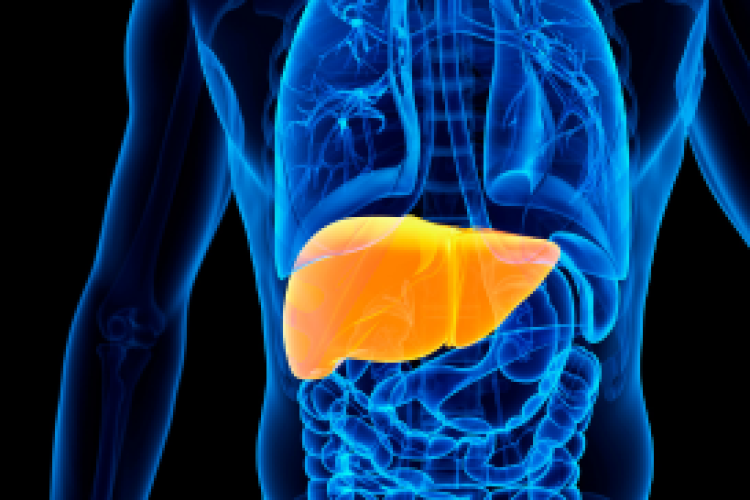
In the past, patients having colorectal surgery required an operation with large incisions, called open surgery. Today, colorectal surgeons perform many procedures using minimally invasive techniques. “This means smaller incisions, faster recovery, with less pain and less need for opioid painkillers,” said Ziad N. Kronfol, M.D., a colorectal surgeon with Highland Surgical Associates and Montefiore Nyack Hospital.
Dr. Kronfol said his patients are happy to hear that today, most colorectal surgery patients avoid needing a colostomy bag—a plastic bag that collects fecal matter from the digestive tract through an opening in the abdominal wall. “If a person does need one, it’s often temporary,” he said.
Patients with large polyps, who used to need larger operations to remove them, now often can be treated with transanal minimally invasive surgery as well. “We are often able to save people from needing a bigger operation by removing polyps through the anus,” he said.
“Before we used minimally invasive surgery, colorectal surgery patients often had to be in the hospital for at least a week,” Dr. Kronfol said. “Now, with smaller incisions and less pain, we can get patients home quicker, often in one to three days, with minimal discomfort.”
In addition to a shorter hospital stay, patients have less blood loss, a quicker return to bowel function, and a fast return to their regular diet.
The da Vinci Surgery System
Many colorectal procedures at Montefiore Nyack are done using the da Vinci surgery system, which uses robotic arms and instruments that have a wider range of motion than humans do. This results in less pain for the patient and a shorter time for recuperation. The da Vinci system can be used for colon cancer, rectal cancer, inflammatory bowel disease (ulcerative colitis and Crohn’s disease) and diverticulitis.
The da Vinci system has four robotic arms instead of a surgeon’s two arms. The da Vinci robotic surgery system has multiple joints that maneuver better than a hand, wrist and fingers. The surgeon can produce finer movements with more accuracy. The system also gives the surgeon a three-dimensional view which is magnified 10 times.
The surgery is minimally invasive, meaning the surgeon makes small cuts, and uses thin long surgical instruments and a laparoscope (a telescope). This is a thin tube with a light and a camera lens. The robotic surgical instruments are inserted through the cuts. Sitting at the console, the surgeon uses the controls to perform the surgery.
Enhanced Recovery After Surgery
Colorectal surgery patients are also benefitting from a protocol called enhanced recovery after surgery (ERAS). “It’s getting people back to normal as fast as possible, and really speeds up recovery,” Dr. Kronfol said.
ERAS is designed to decrease patients’ pain after surgery, reduce their hospital stay and complications and shorten their recovery. The strategy includes a series of steps before, during and after colorectal surgery for cancer or benign diseases. Typically, patients treated with ERAS go home in three days, compared with seven days in the past.
Key components of ERAS include:
Before Surgery
- Patient education
- Going into surgery as healthy as possible (e.g. increase activity/exercise, stop smoking)
- Cleaning out your bowels (also known as bowel prep)
- Decreasing the amount of time you go without eating
- Start pain control before the surgery takes place
During Surgery
- Using many types of medications to control pain and give a reasonable amount of intravenous fluid to keep you hydrated
- Minimally invasive surgery
After Surgery
· Getting out of bed and walking early and often
· Allowing you to eat as soon as safely possible
· Avoiding excessive intravenous fluid
· Controlling your pain using different types of medications in addition to narcotics
· Preset discharge criteria:
- Good pain control with oral medications
- Return of bowel function (gas and/or stool)
- Eating and drinking without difficulty or nausea
- The ability to walk and move around safely
- Having no other medical concerns
- Having good support to help you at home
“Previously, patients didn’t start moving and eating until much later. This delayed the start of their recovery,” Dr. Kronfol said. “Now that patients start walking and eating sooner, they heal better and go home faster.”
To schedule a consultation and for more information about robotic-assisted surgery, call Highland Medical Surgical Associates at 845-535-3362.



 Upcoming Events
Upcoming Events



